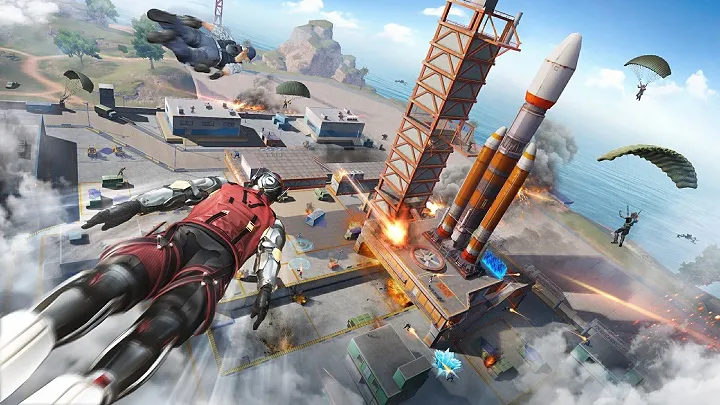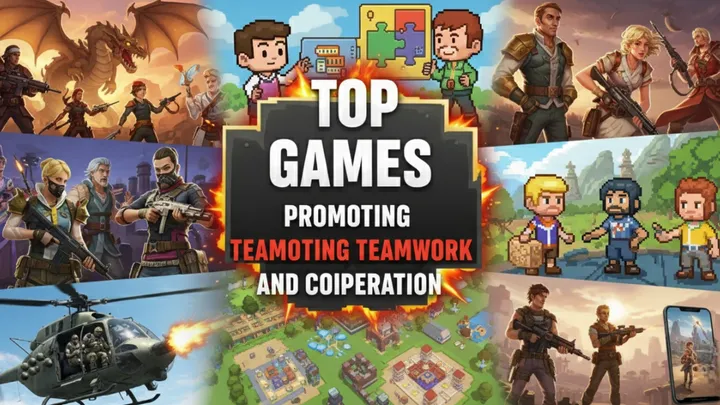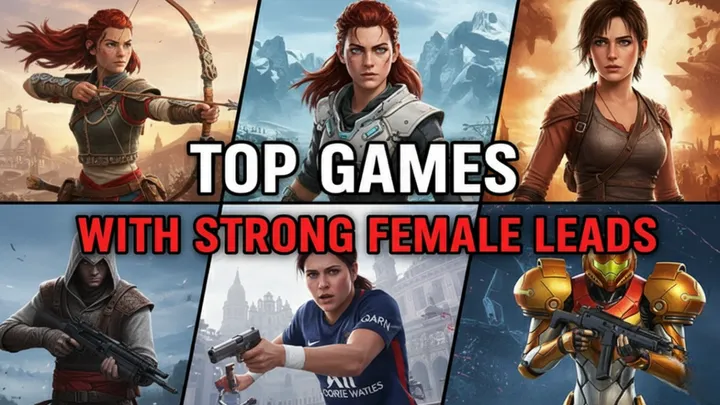Introduction
Blood Strike has emerged as one of the most engaging free-to-play shooters on mobile, capturing attention with its fast-paced gunplay and accessibility. However, beneath the flashy graphics and adrenaline-fueled firefights lies one of the most hotly debated issues in the community: weapon balance. In a game where milliseconds decide victory, the balance between overpowered guns and underutilized weapons directly shapes player experience. This article will take you through a time-based analysis of Blood Strike’s weapon balance, from its early release to its current state, exploring how the developers have attempted to tackle this issue, how players have adapted, and what this means for the game’s long-term future.
The Launch Phase – Simplicity Before Complexity
When Blood Strike first launched, the weapon roster was limited but functional. Players focused more on learning maps, movement mechanics, and survival strategies than on weapon tier lists.
Weapons like the AK-47 and M4 were reliable choices, offering decent balance between damage and recoil. In this stage, the sense of fairness was high because no single weapon dominated the meta. Players felt rewarded for skill rather than weapon choice, which built trust in the game’s systems.

The Rise of Overpowered Weapons
As updates introduced new weapons, cracks in balance began to show. Certain guns quickly emerged as overpowered, especially in competitive lobbies where skilled players could exploit their strengths.
H3: Early Problematic Guns
- Vector SMG: High fire rate with minimal recoil, dominating close combat.
- Kar98k Sniper: Capable of one-shot headshots with generous aim assist.
- FAMAS: Burst fire that shredded players before they could react.
These weapons created frustration among players who felt forced to use them just to compete, stifling experimentation.
Midgame Meta – Shifting the Power Curve
By the midgame phase of Blood Strike’s evolution, weapon balance had become a defining issue. Players no longer debated map routes or strategies but rather argued about which gun needed a nerf.
Competitive play, especially in ranked modes, became dominated by SMGs and snipers, leaving assault rifles and shotguns largely ignored. This narrowed the variety of gameplay and discouraged creativity.
Community Reactions – From Excitement to Frustration
The Blood Strike community initially celebrated new weapon releases. But as power creep took hold, enthusiasm turned into skepticism. Players began asking: “What will be broken this season?”
H4: Player Concerns
- Casual players struggled against overpowered guns.
- Competitive players felt matches lacked diversity.
- Content creators highlighted the imbalance, spreading discontent further.
The shift in community tone reflected growing frustration and distrust in the developers’ balancing efforts.
Developer Interventions – Buffs and Nerfs
To their credit, the developers have attempted to address weapon balance through frequent updates. Nerfs to the Vector and Kar98k were among the first big steps toward restoring fairness.
H3: Successful Adjustments
- Vector’s recoil was increased.
- Kar98k’s aim assist was reduced.
- Shotguns received minor buffs to encourage variety.
However, each nerf often coincided with the release of another overpowered weapon, restarting the cycle.
Competitive Scene – Where Balance Matters Most
Weapon imbalance is magnified in competitive tournaments. Teams that failed to secure the strongest guns were often at a severe disadvantage, making outcomes predictable.
Esports organizations began lobbying for custom balance patches in competitive modes, highlighting the gap between casual and professional play. This sparked debate over whether Blood Strike was sustainable as a true esport if balance remained unstable.
The Role of Attachments – A Layer of Complexity
Weapon attachments were meant to deepen customization but often amplified imbalance. An overpowered gun with optimal attachments became nearly unstoppable, making weaker guns even less viable.
H4: Attachment Issues
- Extended magazines turned SMGs into squad-wiping machines.
- High-scope snipers dominated open maps.
- Certain recoil-reducing attachments made skill less relevant.
Instead of enhancing balance, attachments widened the gap between dominant and forgotten weapons.
Player Adaptations – Surviving the Meta
Despite imbalance, players found creative ways to adapt. Many developed hybrid strategies, pairing a meta weapon with a personal favorite. Others leaned heavily on movement and positioning to offset weapon disadvantages.
H3: Popular Adaptations
- Using grenades and utilities to counter snipers.
- Relying on squad coordination to neutralize SMG rushers.
- Leveraging high ground advantage to balance weapon power.
These strategies kept gameplay fresh for some, but they couldn’t fully solve the imbalance problem.
Long-Term Consequences – Retention and Burnout
Weapon imbalance directly affects player retention. New players frustrated by dominant guns often quit early, while veterans sometimes burn out from repetitive metas.
This churn rate threatens the long-term health of Blood Strike. While the fast updates keep excitement alive, the lack of stability risks alienating loyal fans who crave fairness and diversity in gameplay.
Lessons and the Path Forward

Other successful shooters, such as Apex Legends and Call of Duty: Warzone, show that careful balance patches and weapon role definition can sustain long-term player interest.
Blood Strike must adopt a similar philosophy:
- Ensure each weapon class has a clear niche.
- Apply balance patches consistently across all modes.
- Reward skill-based play rather than weapon choice alone.
By doing so, the game can evolve beyond its growing pains and secure its future as a staple in the mobile battle royale genre.
Conclusion
Blood Strike’s weapon balance issue is not merely a technical challenge but a community concern that shapes the entire experience. Overpowered guns have defined seasons, limited diversity, and fueled frustration, yet they have also sparked innovation and adaptation among players. The developers face the difficult task of maintaining excitement without sacrificing fairness. If Blood Strike can master weapon balance, it has the potential to thrive for years to come as both a casual favorite and a competitive powerhouse.

















